Description
Caring for your Coontie
The Florida Coontie (Zamia integrifolia), also known as “Coontie Palm” or “Seminole Breadroot,” is a fascinating, ancient plant native to Florida and other parts of the southeastern United States. Despite its palm-like appearance, the Florida Coontie is actually a cycad, one of the oldest known plant species dating back millions of years. With its lush, feathery foliage and ability to thrive in a range of environments, the Florida Coontie is a popular landscape plant that is both hardy and low-maintenance.
Light
Florida Coontie is a highly adaptable plant when it comes to light. It can grow in full sun, partial shade, or even areas with dappled sunlight. However, it will perform best in a location that receives a mix of sunlight and shade throughout the day. In full sun, the Coontie tends to grow more compact with a dense, bright green appearance, while in shadier areas, it will grow taller and more open with darker leaves.
If grown indoors as a houseplant, place the Coontie near a window where it can receive indirect sunlight or partial sun for part of the day. It can tolerate low-light conditions but may not grow as vigorously as when given more light.
Water
The Florida Coontie is drought-tolerant once established, making it an excellent choice for xeriscaping and low-water gardens. However, consistent watering during its early growth stages is essential to help the roots establish. During the first year after planting, water the Coontie regularly, allowing the soil to dry slightly between waterings. Once established, the plant requires little supplemental water, as it is well adapted to survive dry spells. Overwatering can lead to root rot, so it’s important to ensure that the soil drains well and does not stay waterlogged.
When watering your Coontie, make sure to water deeply to encourage strong root growth. During prolonged dry periods, an occasional deep watering will benefit the plant, but frequent watering is unnecessary.
Soil
Florida Coontie prefers well-draining soil and can tolerate a range of soil types, from sandy soils to loamy or slightly rocky soils. In its native habitat, it often grows in sandy areas, so it is highly suited to well-draining environments. If you’re planting in a garden with heavier, clay-like soil, be sure to amend the soil with sand or perlite to improve drainage. The plant can tolerate acidic to neutral pH levels, so it isn’t fussy about specific soil chemistry.
For container-grown Coonties, use a well-draining potting mix that mimics its natural sandy environment. A cactus or palm mix works well, as these blends provide good drainage and don’t retain excess moisture around the roots.
Temperature
As a plant native to Florida, the Coontie thrives in warm, tropical, or subtropical climates. It is hardy in USDA zones 8-11 and can withstand temperatures down to around 20°F (-6°C) for short periods. However, prolonged exposure to freezing temperatures can damage the foliage or kill the plant. In regions prone to cold winters, it’s best to grow Coontie in containers so they can be brought indoors or into a protected area during cold snaps.
Coontie is well-suited to the hot, humid summers typical of the southeastern U.S. and also fares well in the dry seasons, thanks to its drought tolerance. For those in cooler zones, Coontie can be grown indoors as a unique and resilient houseplant.
Fertilization
While Florida Coontie is not a heavy feeder, applying a light dose of balanced, slow-release fertilizer once or twice a year can promote healthy growth. A general-purpose fertilizer with a balanced NPK ratio (e.g., 10-10-10 or 8-8-8) works well. Apply fertilizer in the spring and, if desired, again in late summer.
Because Coontie has evolved in nutrient-poor soils, over-fertilizing can actually be detrimental. It’s better to under-fertilize this plant than to overdo it, as excess nutrients can lead to weak growth or burn the roots.
Pruning
Florida Coontie is a low-maintenance plant that requires minimal pruning. The plant’s palm-like fronds are naturally tidy and don’t need shaping. However, you can remove any yellowing or damaged fronds as needed to keep the plant looking healthy and neat. Be sure to use clean, sharp pruning shears to make clean cuts at the base of the frond.
Other than occasional removal of dead or damaged fronds, there is little else required in terms of pruning. Coontie is a slow grower, which means that it won’t outgrow its space quickly or require frequent trimming.
Pest and Disease Control
Florida Coontie is relatively resistant to pests and diseases. However, scale insects and mealybugs can sometimes infest the plant, particularly in indoor or greenhouse settings. Regularly inspect the undersides of the fronds and the base of the plant for signs of pests. If you notice an infestation, treat the plant with insecticidal soap or neem oil to eliminate the problem.
The most common disease issue for Coontie is root rot, caused by overwatering or poorly draining soil. To prevent this, make sure the plant is in well-draining soil and that you allow the soil to dry out between waterings. If root rot does occur, remove affected roots and repot the plant in fresh, well-draining soil.
Note: While Coontie is beneficial for wildlife, it’s important to note that all parts of the plant contain toxins, particularly the seeds, which can be poisonous if ingested. Keep this in mind if you have pets or young children in your garden.

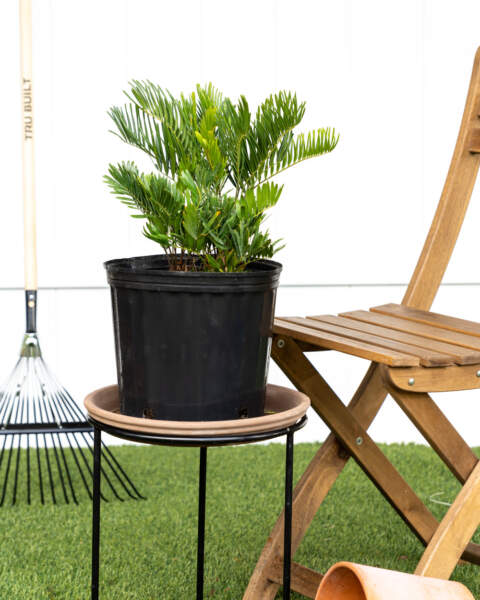
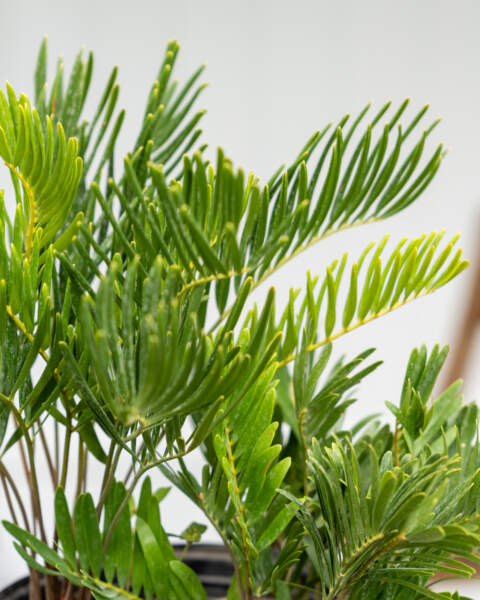
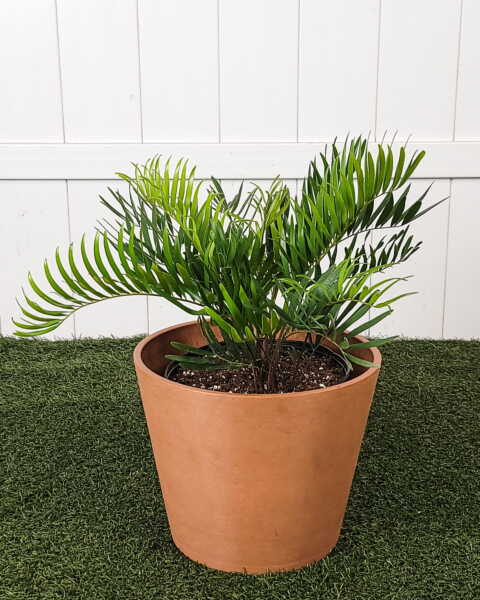
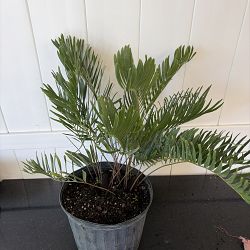
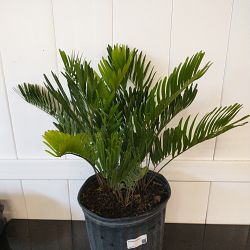
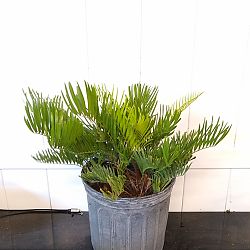
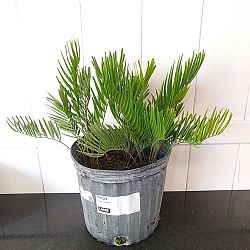
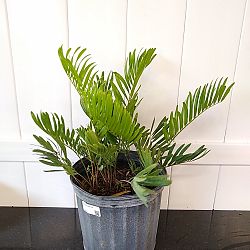
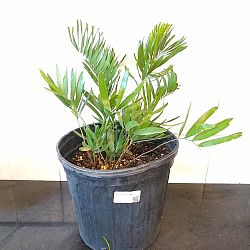
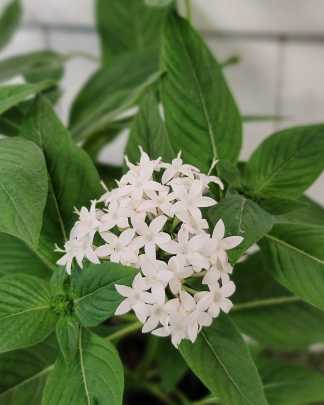
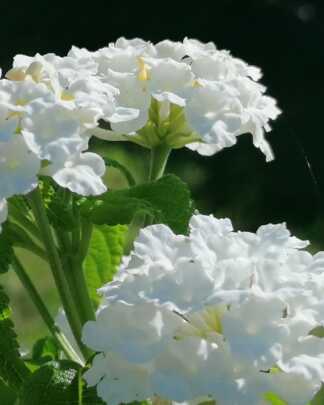
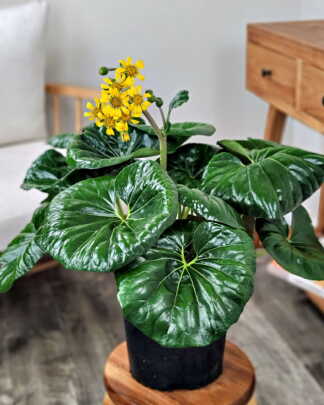
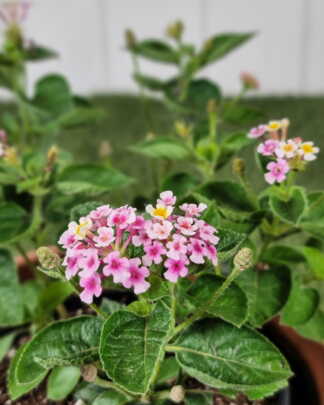
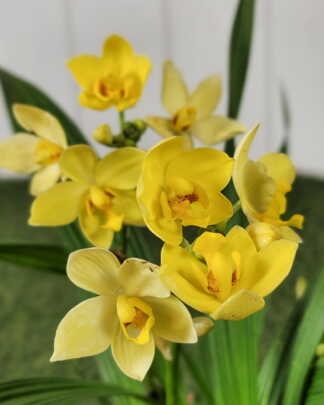


Verified Buyer (verified owner) –
Plant arrived in excellent condition and was packaged wonderfully.
Russ Bogue (verified owner) –
Fed Ex was rough with the boxes. They also didn’t deliver the boxes to the house but left them down by road at the mailbox. Never had a delivery company to lazy to deliver to the house.
Linda (verified owner) –
The plants were packaged well, and in excellent health. Totally met my expectations!
Paula (verified owner) –
Anonymous (verified owner) –
Thank you for sending a beautiful healthy plant!
Beth Braverman (verified owner) –